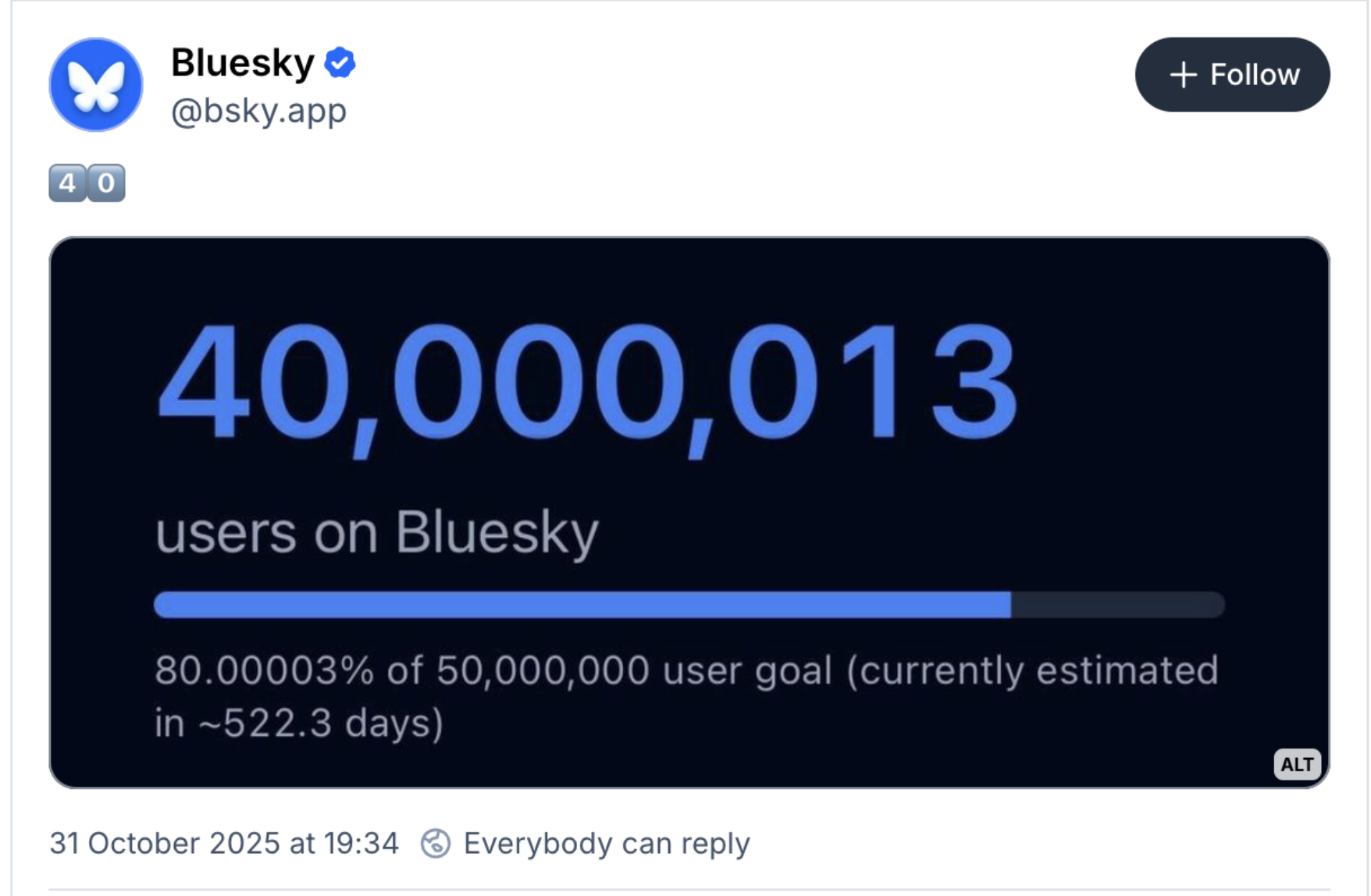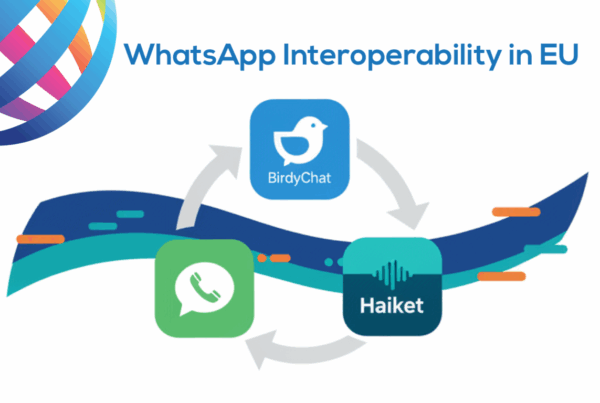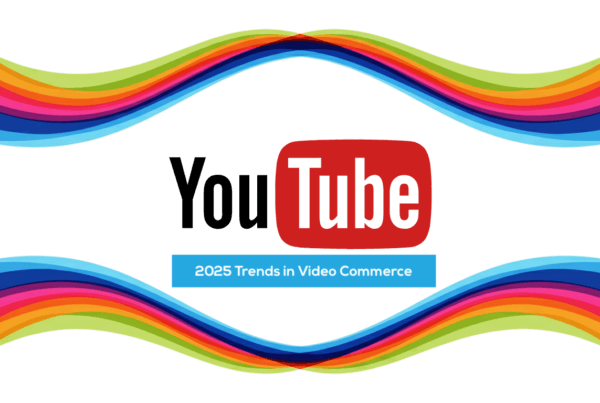Bluesky’s rise to 40 million users has renewed interest in how social platforms evolve and what decentralisation could mean for the wider mobile ecosystem. MEF CEO Dario Betti discusses what this milestone might signal for the industry.
When Bluesky, the decentralised social media platform born from Twitter’s former DNA, announced it had reached 40 million users, the milestone reignited conversations about the future of online discourse, and mobile innovation.

For a platform that first grew through exclusivity and invitation codes, the latest number confirms that Bluesky has managed to sustain audience growth even after the initial hype faded. Yet the story behind those 40 million users reflects as much about the evolving social web as it does about the platform itself.
A Different Kind of Network
Bluesky was conceived to prove that decentralised networks could thrive with user choice and open protocols. Its underlying AT Protocol gives users and developers control over moderation, identity, and algorithmic curation, a sharp contrast to the tightly controlled ecosystems of its rivals.
This makes Bluesky an outlier in today’s social landscape: no massive parent company, no inherited ad stack, and no algorithmic black box. Instead, the platform operates like a digital co-op where openness is not just a marketing line but it’s the infrastructure.
Bluesky’s 40 million users are not just another metric in the social media scoreboard. They represent a proof of concept, that decentralisation can scale, even slowly, against closed corporate models.”
Threads, X, and the Battle for Attention
In raw numbers, Bluesky is still a fraction of the giants. Elon Musk’s X (formerly Twitter) commands hundreds of millions of active accounts, and Meta’s Threads surpassed 175 million users within months, fuelled by the gravitational pull of Instagram.
But growth speed tells a subtler story. Bluesky took nearly seven months to go from 30 million to 40 million, slowing from its early viral surge. Threads, meanwhile, used Meta’s enormous cross-app network to onboard tens of millions in days.
Still, Bluesky’s steady growth suggests a loyal, intentional community, driven by a shared culture. It’s becoming a kind of “digital salon” for developers, journalists, and privacy-conscious users who see decentralisation as the antidote to platform fatigue. Bluesky is niche, and a bit elitist.
Different Structures, Different Futures
Each of the three players now represents a distinct governance model:
- X is a privately owned super-app experiment, aggressively chasing monetisation and identity-driven content through X Premium and advertising revenue.
- Threads, by contrast, sits within Meta’s closed ecosystem, thriving on integration with Instagram and benefiting from its ad-centric infrastructure.
- Bluesky is independent, open-source, and governed by its own foundation — betting on freedom, transparency, and user agency instead of centralised ads.
These structures are shaping not only how people post, but how trust, visibility, and moderation are defined across the mobile landscape.
Why This Matters to the Mobile Ecosystem
From a mobile perspective, Bluesky’s evolution is a case study in decentralisation’s practical limits and possibilities. This is a mobile app without a ‘clear owner’. App developers and mobile advertisers are watching closely: if user-controlled identity and federated moderation gain traction, that could reshape how data flows through mobile networks and how targeting or verification work.
For advertisers, decentralisation challenges traditional programmatic models. Bluesky’s open model could limit large-scale ad targeting, but it also opens doors for new value exchanges: smaller communities, verified credibility, direct engagement.
In the long term, the mobile ecosystem may need to adapt from monolithic audiences to interdependent micro-networks — a shift where engagement isn’t owned by one company but distributed across interoperable spaces.
The Takeaway
Bluesky’s 40 million users are not just another metric in the social media scoreboard. They represent a proof of concept, that decentralisation can scale, even slowly, against closed corporate models. Whether it can monetise and sustain that openness remains a question, but for mobile innovators, this moment underscores the growing tension between reach and resilience in digital platforms.





